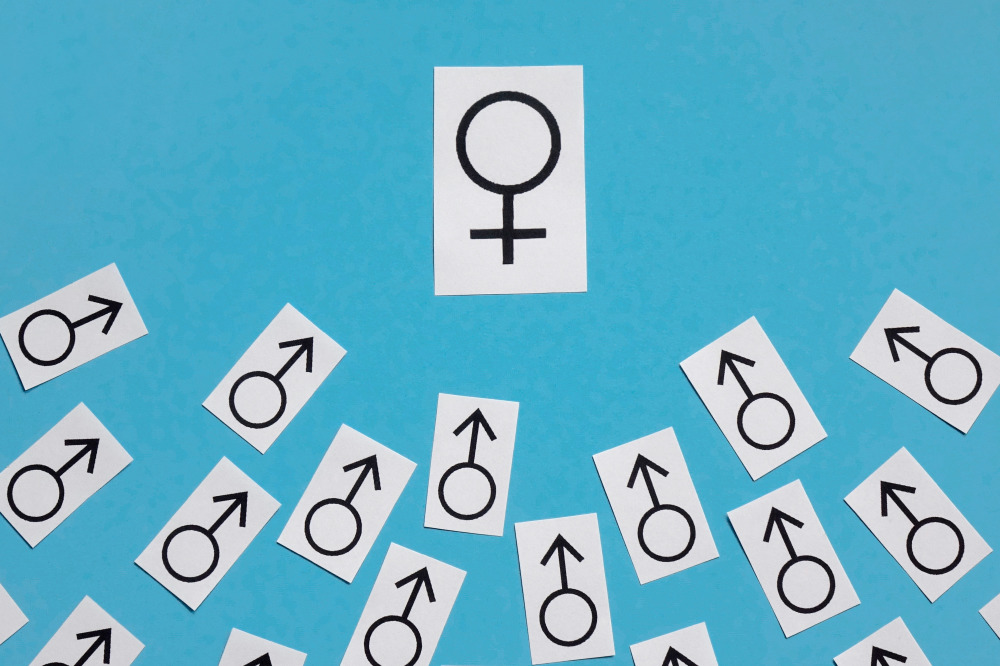According to the law in the UK, no formal procedure is necessary to change your name or title, and anyone is free to start calling themselves a new name whenever they like. To change your name as part of your gender affirmation, you only need to follow a few easy steps if you live in the UK.

Changing name, gender
However, changing your name before filing for a Gender Recognition Certificate is frequently necessary to demonstrate that you have been living fully as the gender you desire to transition to for a predetermined amount of time. This article explores certain factors that can influence your name change process.
The Problem Of Gender Identity:
Although citizens are legally free to change their names, UK legislation only recognises two genders: male and female. This essentially means that non-binary identities are not recognised by official documents like birth certificates and passports. You can change your name and gender marker on official documents and with organisations if you identify as trans and don't wish to transition medically.
Changing Name On Official ID:
A Deed Poll can be used for getting a new name legally. There are no limitations as long as you're older than 16 or have parental permission. Your Deed Poll is ready for use once it has been issued, signed by you, and witnessed by two other people.
By emailing the original document, you can request agencies to change records to reflect your new name. This includes your passport, driver's licence, bank accounts, and any other businesses where you may have accounts.
Changing Gender On Official ID:
Since there are only two recognised genders in the UK, even if you change your name to indicate that you are non-binary, your official ID will still display either an M or F where appropriate.
However, if you are in the process of transitioning and would like to apply for a Gender Recognition Certificate, you can have your passport and driver's licence changed to reflect your new gender.
Gender Recognition Certificate:
A Gender Recognition Certificate affirms your gender and legally recognises it. The certificate entitles you to update your birth or adoption certificate. It also allows you to enter into a civil partnership or marriage in your affirmed gender. A gender recognition certificate would also enable you to amend your marriage certificate according to your affirmed gender. Lastly, you can also have your gender appear on your death certificate.
Those who wish to apply for it must:
- Be over the age of 18.
- Have been diagnosed with gender dysphoria in the UK.
- Have lived as their affirmed gender for at least two years.
- Intend to live in this gender for the rest of their life.
You can still apply even if you haven't undergone or aren't planning any gender-affirming procedures. Additionally, if you do not have a diagnosis of gender dysphoria, you may still be eligible to apply as long as you satisfy all of the following criteria:
- You are currently residing in England, Wales, or Scotland,
- You were in a marriage or civil partnership on 10 December 2014 and living in England or Wales, or on 15 December 2014 and in Scotland.
- For at least six years before those dates, you had been living as your affirmed gender.
- You can prove you underwent surgery for gender affirmation.
Although, as a non-binary person, you may not be able to officially change your gender, you do have the choice to change your title. Since a title like "Mr." or "Miss." is not a part of your legal name, you can adopt titles through usage. The honorific "Mx." or "Nb.", for example, are gender-neutral titles you are free to use. However, utilising it on your official ID and accounts can present issues.

